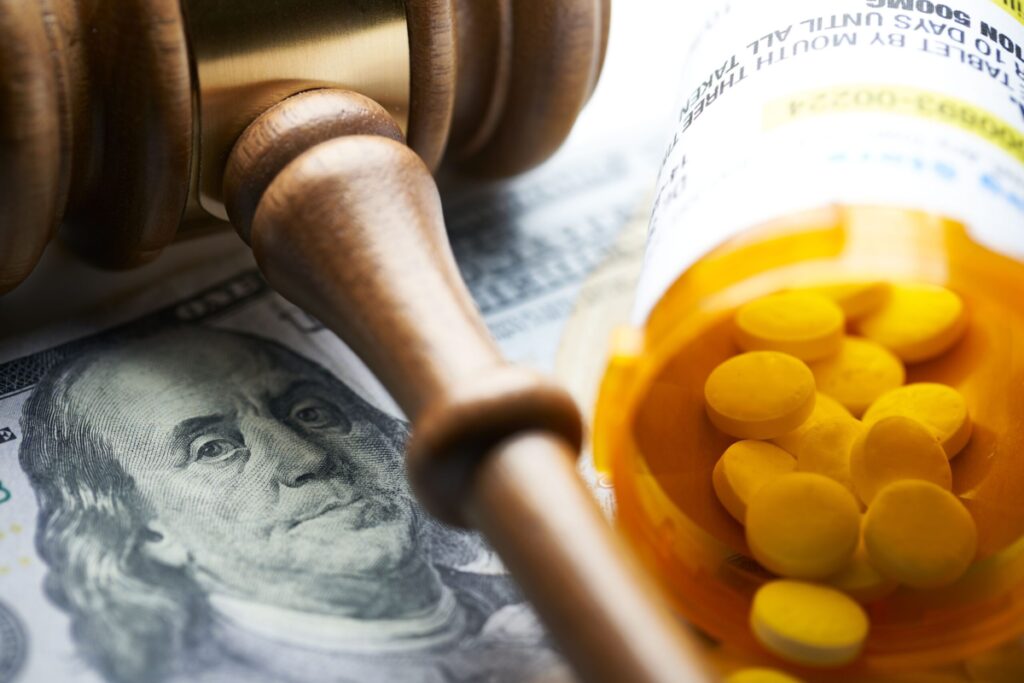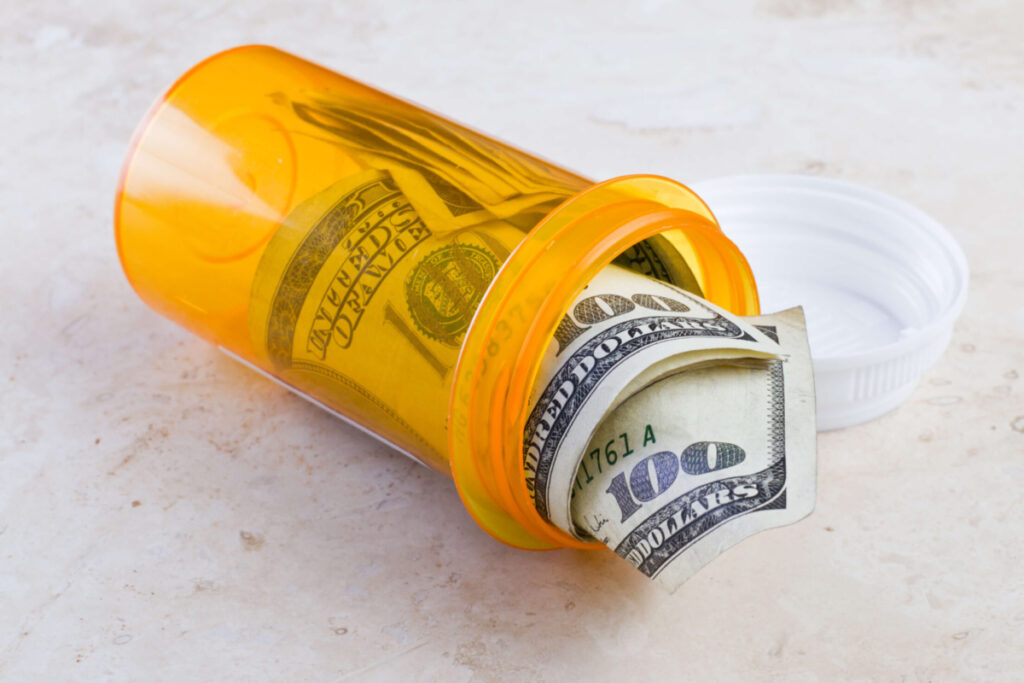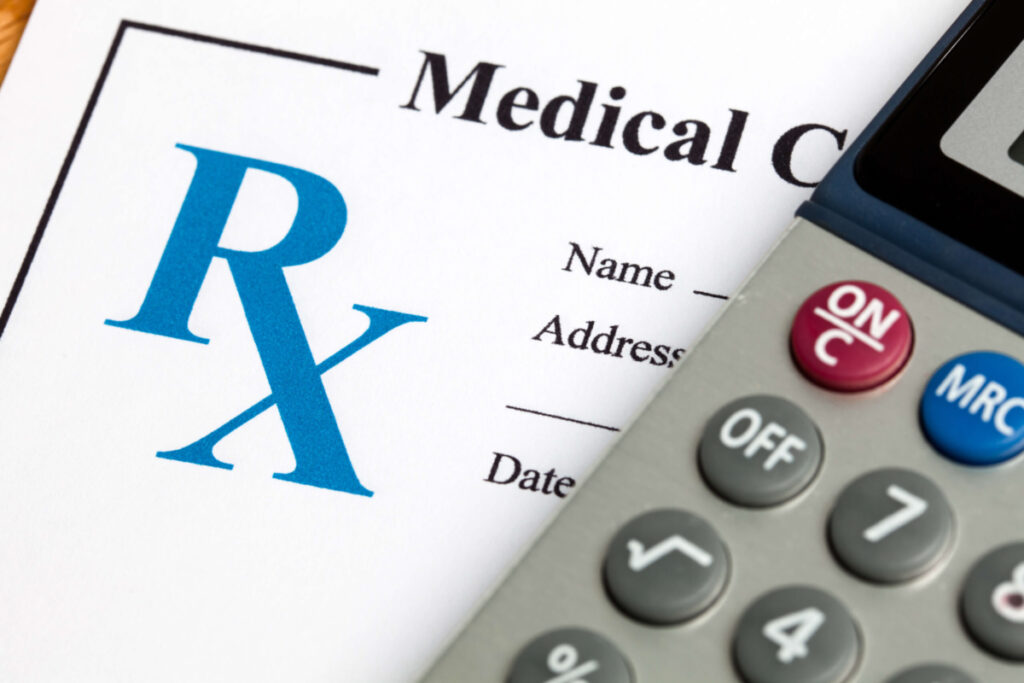On March 24, 2022, Washington state joined five other leading states in establishing a Prescription Drug Affordability Board (PDAB) when Governor Inslee signed SB 5532, sponsored by Senator Karen Keiser, into law. Washingtons PDAB, like those already established in Maryland and Colorado, has the authority to limit what payers in the state will pay for certain high-cost drugs following an affordability review.
Because Washington state enacted a prescription drug price transparency law in 2019 (HB 1224) and has an all-payer claims database, the state is well positioned to identify the costly drugs that the PDAB may consider for an affordability review, the first step toward establishing an upper payment limit for state payers. The Boards work will focus on the costliest drugs: brand name drugs costing more than $60,000 a year or with price increases of 15% or more over the past year, or 50% in the past three years. Biosimilars and generics are also included under specific circumstances. The Board must identify drugs for an affordability review by June 2023 but may not establish an upper payment limit before January 1, 2027. At that time, the Board may set upper payment limits for up to 12 drugs a year.
This session, Washington state also extended a law capping out-of-pocket insulin costs through 2024. The new law also lowered the insulin cap from $100 to $35 a month. In the meantime, the states Total Cost of Insulin Work Group plans to convene to identify and pursue strategies to lower the cost of insulin in the state.
More than a dozen states have enacted legislation to cap out-of-pocket costs for insulin and on March 30, 2022, the House passed a federal out-of-pocket cap for insulin at $35 a month (HR 6833). While out-of-pocket caps bring necessary and immediate relief to consumers, additional measures like a state PDAB or federal drug price negotiations, are also necessary to lower the total cost of the drugs for payers.
The National Academy for State Health Policy (NASHP) is tracking more than 250 state bills aimed at lowering drug prices during the short 2022 legislative session. While most of those bills continue to be efforts aimed at regulating pharmacy benefit managers, the middlemen who negotiate rebates with drug manufacturers and pay pharmacy claims on behalf of health plans, there is growing momentum around PDABs. Nine states have 13 PDAB bills this session. Several other states, – including Rhode Island, Maine, Hawaii, and North Carolina – have introduced bills to achieve savings by referencing Canadian drug prices to establish payment rates for state payers. Those bills reflect model legislation released by NASHP in 2020, An Act to Reduce Prescription Drug Costs Using International Pricing.




